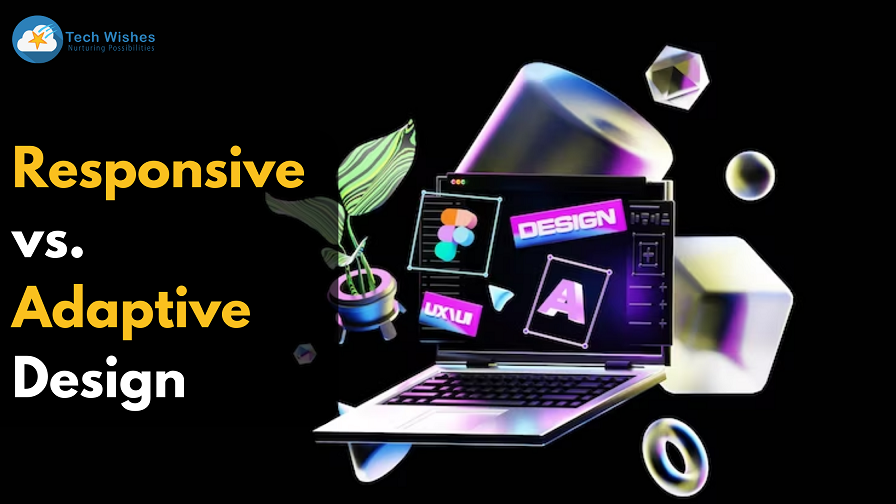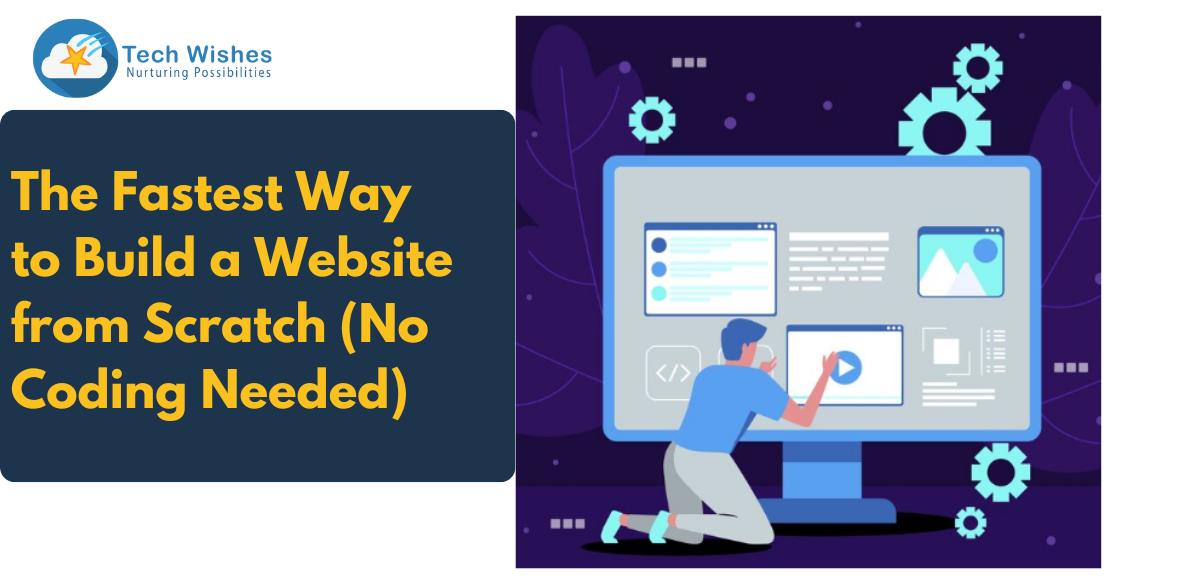Making sure that your website provides a seamless experience across numerous devices is essential in the dynamic world of web design. Responsive design and adaptive design are two well-liked strategies for achieving this. While both attempt to improve user experience across a variety of screens, their techniques and advantages differ. We'll examine the distinctions between responsive and adaptive design in this in-depth guide and assist you in selecting the strategy that is most appropriate for your project.
Responsive Design: Fluidity Across Devices
Responsive design is a design approach that focuses on creating websites that adapt to different screen sizes and orientations. It uses flexible grids, fluid layouts, and media queries to ensure that the website's elements proportionally adjust based on the user's device. This means that whether the user accesses the site on a desktop, tablet, or smartphone, the content rearranges itself to fit the screen while maintaining readability and usability.
Pros of Responsive Design:
Consistency: Responsive design ensures a consistent user experience across all devices. The same content and layout are accessible, regardless of screen size.
Ease of Maintenance: With a single codebase, responsive websites are easier to maintain. Updates and changes are reflected uniformly across all devices.
Future-Proofing: As new devices with varying screen sizes emerge, responsive design can accommodate them without requiring major overhauls.
Learn more about responsive from the best web designers in India…
Cons of Responsive Design:
Performance: In some cases, responsive design may require loading assets that are not optimized for the specific device, potentially affecting performance.
Complexity for Complex Designs: Complex layouts may require extensive media queries and adjustments, leading to more complex CSS and potential challenges in implementation.
Adaptive Design: Tailoring to Specific Devices
Adaptive design, also known as dynamic serving, involves creating different versions of a website for specific devices or screen sizes. Instead of relying solely on fluid layouts, adaptive design detects the user's device and serves a pre-designed layout optimized for that specific device. This approach often involves creating multiple templates or versions of the site and determining which one to serve based on the user's device characteristics.
Pros of Adaptive Design:
Optimized Experience: Adaptive design allows for a more tailored experience on each device. Designers can optimize layouts, content, and interactions for specific screen sizes.
Performance: Adaptive design can provide optimized assets for each device, leading to improved performance and faster load times.
Flexibility for Complex Designs: Designers have more control over the design and can create more intricate layouts that cater to specific devices' capabilities.
You think you need an adaptive website design? Talk to our web designers…
Cons of Adaptive Design:
Maintenance Complexity: Managing multiple templates or versions of a website can be complex and require more effort in terms of maintenance and updates.
Higher Development Time: Creating and implementing multiple versions of a website can extend development time compared to responsive design.
Choosing the Right Approach: Factors to Consider
The choice between responsive and adaptive design depends on various factors:
Project Scope: For simpler projects with straightforward layouts, responsive design may suffice. For more complex designs that require fine-tuning for different devices, adaptive design might be more suitable.
User Experience Goals: Consider whether delivering a consistent experience across all devices (responsive) or tailoring experiences to specific devices (adaptive) aligns better with your user experience goals.
Development Resources: Evaluate the resources available for development and whether the team is equipped to manage the complexities of adaptive design.
Future Scalability: Think about how your chosen approach will adapt to future devices and screen sizes.
Conclusion: Context is Key
In the responsive vs. adaptive debate, there's no one-size-fits-all answer. The choice depends on the specific project, goals, and resources. Responsive design offers consistency and ease of maintenance, while adaptive design allows for optimized experiences on specific devices. Ultimately, understanding the strengths and limitations of each approach will help you make an informed decision that aligns with your web design objectives.
Read More:
Crafting Responsive and User-Friendly Websites
5 Crucial Elements of Website Design




